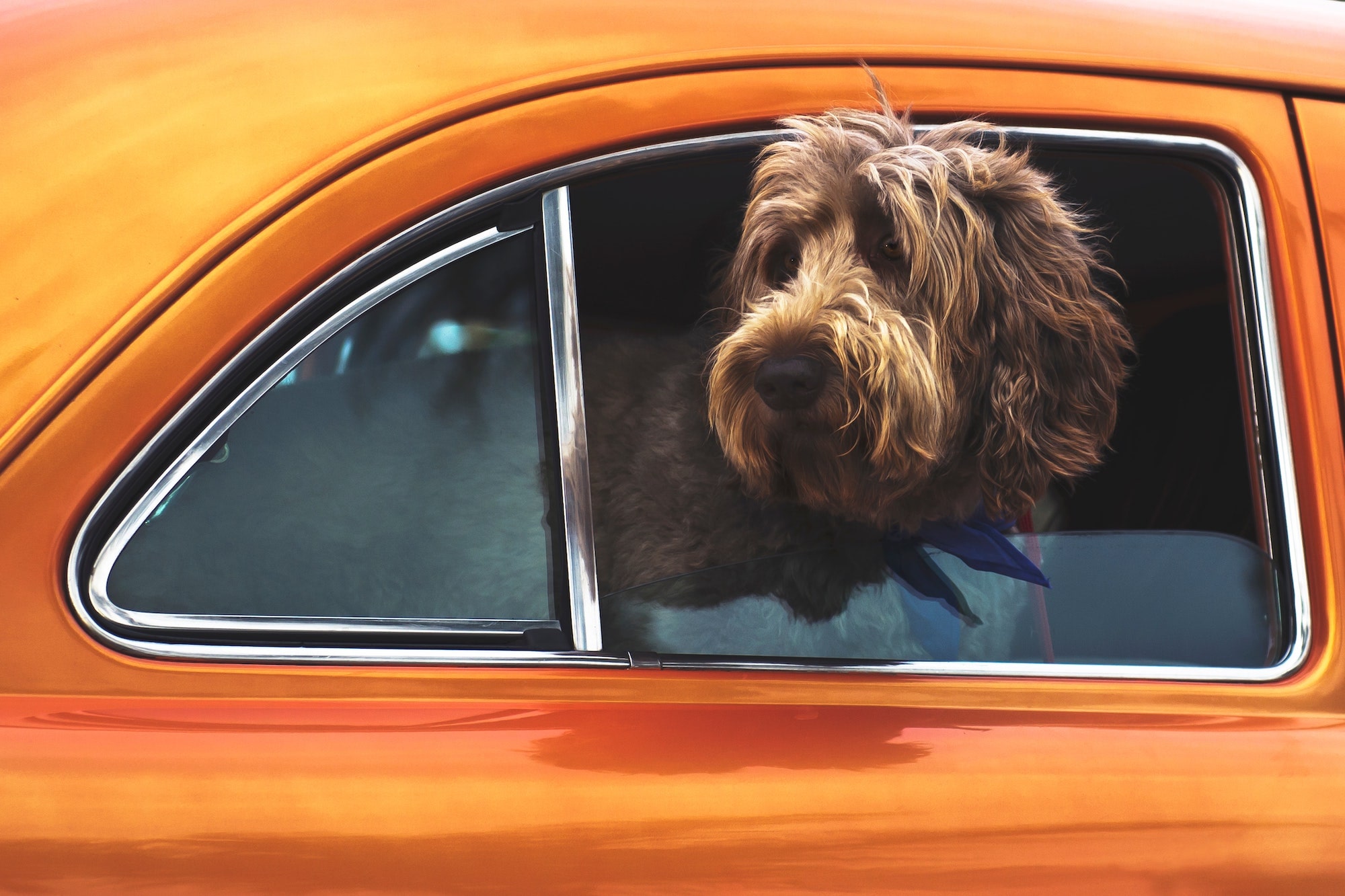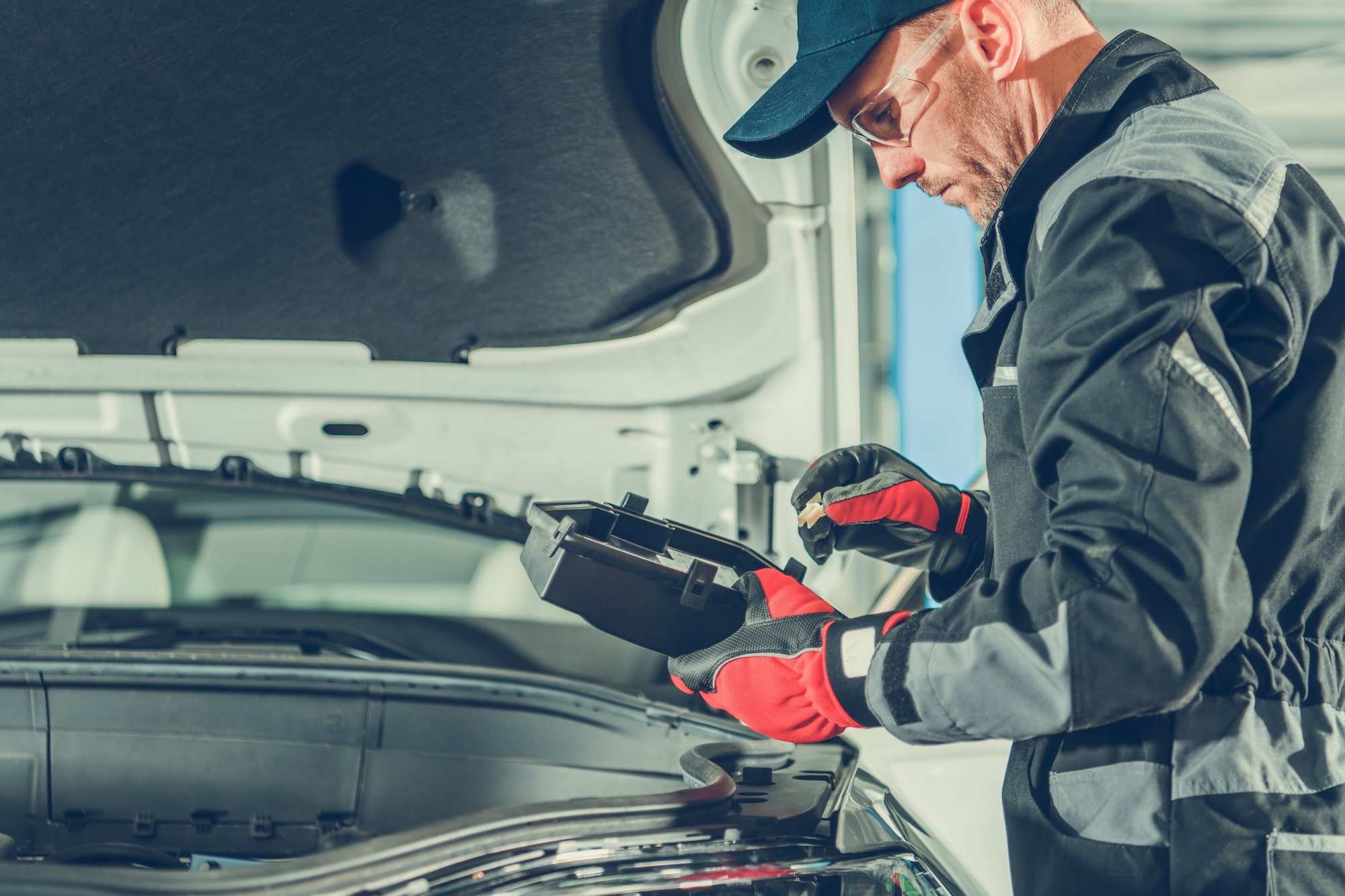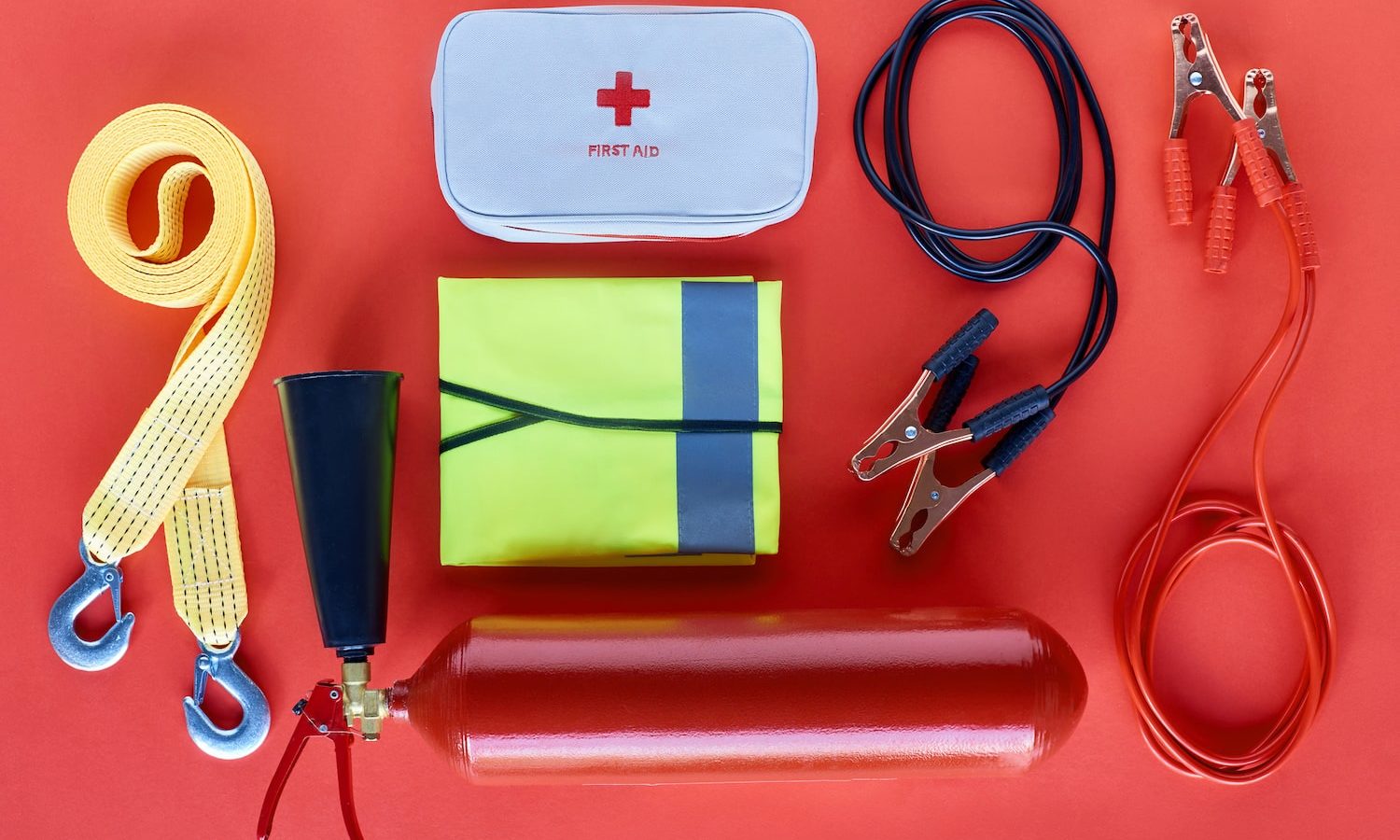While some dog breeds seem to enjoy ever-lasting appeal—the Labrador Retriever has been the most popular dog in the US since 1991—the only thing riding in cars with dogs ultimately breeds is danger, unless you take some simple precautions.
According to an American Automobile Association (AAA) survey, 29% of respondents admitted they had been distracted by their dogs while driving, 17% let their dogs sit on their laps, 13% offered their dogs food or treats, and 4% played with their dogs. Given that 53% (63.4 million) of US households own dogs, according to recent research by Spots.com, that adds up to a high risk of distraction and crashes.
But, whether your four-legged friend is a French Bulldog, a German Shepherd, or a Boston Terrier, they’re just another member of the family, and you’ll want to make sure they’re both safe and happy.
So, what can dog owners do to ensure wellbeing and safety when traveling by car?
Reducing Anxiety for Dogs When Travelling in Cars
VCA is an association of animal hospitals. In an article for VCA, veterinarians Debra Horwitz, DVM, DACVB, and Gary Landsberg, DVM, DACVB, DECAWBM, say: “Some dogs travel well in the car, others do not. They may salivate, become restless, whine, howl, bark, pace, seek your attention or physical contact (which can be dangerous if you are the driver) and may even vomit, urinate or pass stools.” Of course, none of us want to put our pets through this sort of anxiety, so preparations are essential before traveling.
They recommend using a restraint and training your dog to help them become more comfortable wearing one, allowing them to ride calmly inside the vehicle. When training your dog, Horwitz and Landsberg recommend you “do not reinforce attention-seeking or anxious behaviors by giving attention; only reinforce your dog when it is relaxed and settled.”
They say packing some familiar items such as a blanket and some toys can also help to reduce your dog’s anxiety.
Looking After Your Dog’s Wellbeing When Travelling
When you’re on the road, the American Society for the Prevention of Cruelty to Animals (ASPCA) suggests you take comforting items and essential supplies such as food and water. They also warn against leaving animals alone in vehicles, as there is a risk they could suffer heat stroke or freeze to death.
ASPCA recommends building up to longer journeys: “Get your pet geared up by taking him on a series of short drives first, gradually lengthening time spent in the car.”
Not All State Laws Are Equal
Remember that not all states have the same laws regarding driving with animals in the car, and some require you to carry proof of pet vaccinations. So check local laws thoroughly before you set off to make sure you don’t run into problems.
Certifying Safety Standards in Pet Travel
While restraints are important, law or no law, dog owners face an overwhelming number of options. Unfortunately, it can be challenging to know which to choose.
Looking for CPS certification is a good start. The Center for Pet Safety (CPS) tests travel safety harnesses to check their effectiveness and help pet owners make better decisions regarding taking trips. In addition, they advise against other products such as ziplines and extension tethers.
They say it’s essential to choose carefully: “Pet travel harnesses come in two forms, those that only prevent distraction and those that provide actual crash protection.” You can find a list of CPS-certified harnesses here.
CPS does not certify dog booster seats. If your dog is small enough to be transported in a carrier, don’t assume it’s safer to strap them in using the seat belt. CPS says you should only do this if the manufacturer provides satisfactory information on the structure’s integrity in the event of a crash. Instead, CPS recommends placing the carrier in the footwell behind the front passenger’s seat.
Driving with Dogs: Dos and Don’ts
Do pack a special bag for your dog. Include comforting items such as blankets and toys, essentials such as water, food, and treats, as well as a first aid kit.
Do take your dog’s vaccination and other medical records.
Do research local veterinary services where you’re traveling so you’re prepared if your dog needs help.
Don’t leave your dog in the car unattended, whatever the temperature.
Don’t let your dog put their head out of the window while the car is moving, as dust and debris can get in their eyes, which can cause pain and costly procedures.
Don’t leave your dog unrestrained in the back of a pickup.
Don’t travel with an unrestrained dog. Braking or coming to a halt suddenly could propel the dog forwards with colossal force, risking injury to the dog as well as others.
Extended Warranties Mean Longer Lives for Cars
To enjoy safer driving, you must sometimes make an investment. That is as true for quality dog safety equipment as it is for your insurance policy and your vehicle’s extended warranty coverage. It’s worth paying a little extra each month for the peace of mind and savings you get back if your car has a problem.
If you choose the right protection plan for your vehicle and motoring needs, you’ll maximize your chances of prolonging the life of your vehicle and minimizing the costs of maintenance and repairs over that lifetime.
You can get an extended warranty plan from some manufacturers and third-party providers. We’ve tested the most popular ones to help you make the best choice. Whichever you decide, be sure to read the terms carefully before signing.
For a full lowdown on extended warranties, check out our introductory guide. Our buyer guide may also be helpful if you need help choosing a plan.





